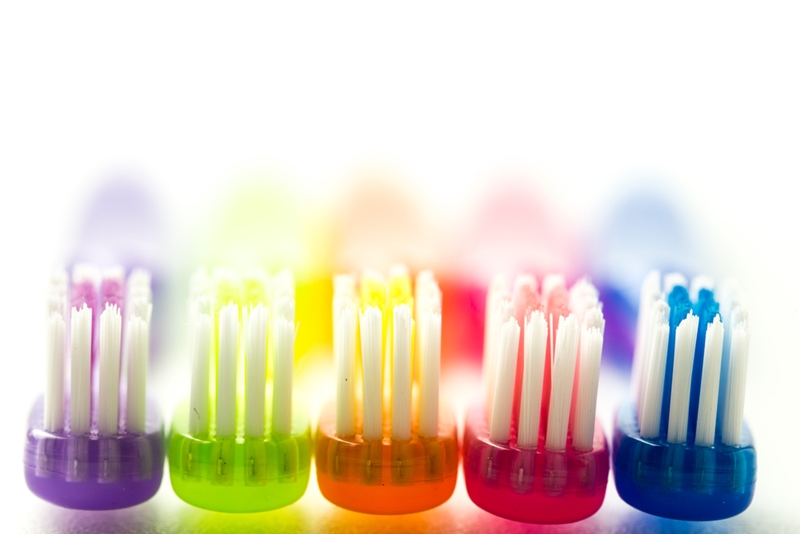It's one of the most important tools for everyday dental care – keeping our teeth clean and our mouths healthy. However, how much do you really know about the humble toothbrush? On the surface it seems like quite a simple utensil, but as with many things, simplicity isn't always easy to produce.
With the toothbrush, the process of getting the technology to where it is now has taken more than 5,000 years of refinement. Read on to find out more about the history of this invaluable aspect of oral health, and what type of brush you should be using to maintain your teeth and gums.

The history of the toothbrush
Some of the earliest toothbrushes uncovered by archaeologists date back as far as 3500 BC, to the time of the ancient Egyptians. According to Colgate, some Egyptians were even buried alongside their rudimentary dental tools – or 'toothsticks' – highlighting the importance they placed on good, regular oral care. Effectively, these early brushes were little more than frayed twigs, but they did the job.
A couple of centuries later, in roughly 1600 BC, the Chinese took this basic technology even further, making use of sticks from aromatic trees to clean their teeth and freshen their breath. These early tools eventually developed into carved bone handles with a brush made from swine bristles.
The modern toothbrush as we know it today didn't emerge until the 1930s, with the invention of nylon. When you think about it, that's not a very long time ago, and the development has only continued over the years since.
Toothbrushes today
Just when it seemed the pinnacle of toothbrush technology had been reached, the bar was raised again. Dr Phillipe-Guy Woog, a Swiss dentist, invented the first electric toothbrush in 1954. It wasn't perfect – requiring power from a wall outlet – but it laid the groundwork for GE to introduce a battery-powered version in the 1960s.
An electric toothbrush typically features a smaller, round brush like the one you might see at your local dentist's office, and can supply up to 48,800 movements per minute, according to Oral-B. A manual toothbrush typically provides between 300 and 400. This provides more cleaning power, along with other modern features such as pressure sensors and even a timer to ensure you're brushing for the right amount of time.
While toothbrush technology has come a long way since frayed twigs, it's still crucial to make sure that you get the product that's right for you. Be sure to get in contact with the team at City Dentists today if you have any questions about how to take care of your teeth.
